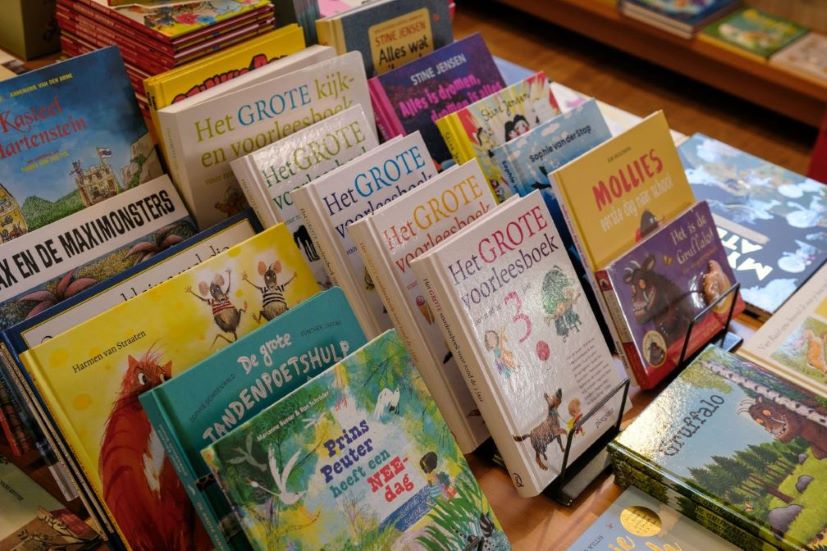TheLitPerspective is your one-stop shop for everything that ignites the spark of curiosity within you.
Writing Stories for Kids: Making Appropriate Narratives

Photo by Haberdoedas
Writing stories for kids is not easy. That can be easily said. The task of crafting narratives for young readers is something that demands a great deal of understanding of your audience. While you don’t need to be an expert in child developmental psychology to start writing your stories, a prospective children’s writer should still have at least an awareness of how children think and behave.
Having this knowledge equips writers to better develop narratives that can compel young readers to pick them up and turn pages until the last.
Making Appropriate Narratives
If you want to write for toddlers and preschoolers, simplicity is essential. Narratives that have gentle plots that are full of extremely memorable characters and settings resonate greatly with these young readers. Always anchor your ideas on providing comfort and making your stories be platforms for learning a language. Consider using repetition and rhyme because it is easier to remember when text is rendered through this frame. You may even use pictures to enrich your narratives more, especially because readers of this age are more drawn to the visual aspects of reading.
As children grow up and develop their reading and comprehension skills ever so slowly, prospective writers should take note of this period of change. What this essentially means is that stories should become more complex while also maintaining a sense of familiarity. Consider sprinkling more humor in your stories. This helps to make them more engaged since laughter can easily translate into focus when done right. Kids of this age will also be at the cusp of developing moral awareness; as such, you may want to introduce more overt life lessons into your narratives. A good way to keep children reading is to make use of interactive elements, although it won’t do your story harm if they’re not present.

Photo by Anastasia Shuraeva
Writing Stories for Kids
Now that you have considered the age of your readers, how do you actually go about writing narratives for them? It’s hard enough to write for an older audience who will actually nitpick your decisions and such, how hard will writing for younger readers be?
Extremely hard.
But here are some tips to start thinking about.
Writing Stories for Kids: Immersive Worlds
One thing you need to remember about children of any age is that they like novelty. Yet, paradoxically, they are also drawn to familiarity. So, as a children’s writer, you should be careful about striking a balance between these two factors. Because your readers will primarily be children, there is no need to dwell on the logic and particulars of how your world works. JUST STICK TO A MESSAGE! Your theme will be your most powerful assistant in this regard.
Writing Stories for Kids: Crafting Characters
The number one thing you need to remember about writing characters for children’s narratives is relatability. What this doesn’t mean is that you have to craft characters that are a hundred percent facsimile to children. This means, of course, simply knowing how kids tick (as we’ve mentioned before). This also does not mean that you only have to write characters that are your readers’ age. Relatability is not when readers find themselves reflected in your characters; it means, simply, that they are familiar with the type of character you are trying to convey.
Writing Stories for Kids: Engaging Plots
Now that you have a world your readers are familiar with and characters that they can relate to, you’re ready to sit down and get on with that story! What’s a storybook if it doesn’t have a story? Just a really boring essay. Having a properly sequenced narrative is essential to keeping your readers engaged and teaching them whatever lessons you want to impart to them. This means that the story should have a really clear beginning, middle, and end. While twists and turns make for a very compelling story, perhaps it’s better to keep them to a minimum lest your readers get too confused.

Photo by Mikhail Nilov
The Power of Storytelling
The Bungles Books by Sean Nelson is a good start to studying how to write a good children’s book. With its fun characters, bright world, and simple pace, it’s an essential read! Click this link to order a copy!

Alex is a writer with two modes: simple and wild. He’s equally at home going either way. He always has something to say and something to offer, even if it’s only after a few minutes of furious googling. He loves reading and writing random stuff in his spare time.





